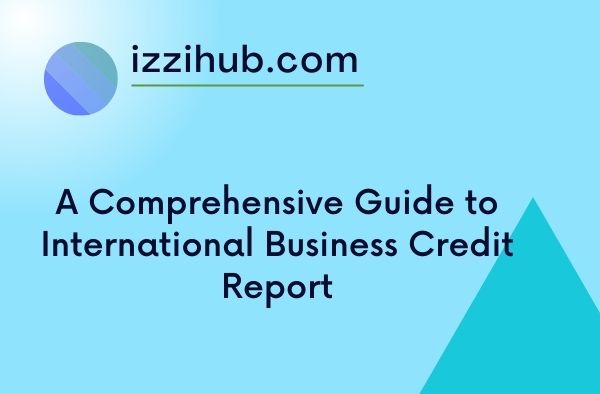What to Expect From the Bankruptcy Process
Filing for bankruptcy is a significant financial decision, often viewed as a last resort when overwhelming debt becomes impossible to manage. However, it’s important to understand that bankruptcy is also a legal tool designed to provide individuals and businesses a fresh financial start. The process may seem intimidating, but knowing what to expect can help alleviate stress and uncertainty. In this blog, we’ll break down the bankruptcy process step by step and explore the different types of bankruptcy to help you understand your options.
1. Understanding Bankruptcy: An Overview
Bankruptcy is a legal proceeding where an individual or business declares their inability to pay off their debts. It is initiated voluntarily by the debtor, or sometimes involuntarily by creditors. Filing for bankruptcy can help you restructure or even eliminate your debt, depending on your situation. According to Experian, there are two types of personal bankruptcy most common in the United States: Chapter 7 Bankruptcy and Chapter 13 Bankruptcy. Both serve different purposes, and the type you choose will depend on your financial situation.
- Chapter 7 Bankruptcy: Also known as “liquidation bankruptcy,” Chapter 7 involves the sale of the debtor’s non-exempt assets to pay off creditors. Any remaining qualifying debts may then be discharged, allowing the individual to have a fresh start.
- Chapter 13 Bankruptcy: This type of bankruptcy is also known as “reorganization bankruptcy.” In Chapter 13, the debtor works out a repayment plan to pay back creditors over a three- to five-year period. It is suitable for individuals who have a stable income but need assistance managing debt.
2. Before Filing for Bankruptcy
Before filing, you must determine which type of bankruptcy is appropriate for your situation. This is typically done with the assistance of an experienced attorney. With over 1.3 million lawyers in the United States, according to PracticePanther.com, finding an attorney who specializes in bankruptcy should not be too difficult. An experienced bankruptcy attorney can help you understand your options, determine your eligibility for Chapter 7 or Chapter 13, and guide you through the entire process.
Additionally, before filing, debtors are required to complete a pre-bankruptcy credit counseling course from an approved provider. This session is designed to explore whether there are alternative solutions to bankruptcy, such as negotiating with creditors or creating a repayment plan.
3. Filing the Petition
Once you and your attorney decide that filing for bankruptcy is the right option, the next step is to file the bankruptcy petition with the court. This petition contains detailed information about your financial situation, including your assets, liabilities, income, and expenses. At this point, an automatic stay goes into effect, which prevents creditors from contacting you, initiating collection actions, or continuing with lawsuits. The automatic stay is a crucial protection that provides you with much-needed relief while the bankruptcy process is underway.
For those with debts above $250,000, filing a Division 1 proposal may be a consideration. However, it is important to note that if a Division 1 proposal is rejected by your creditors, you are automatically thrown into bankruptcy proceedings. Understanding the different processes is essential to making an informed decision about your financial future.
4. Appointing a Trustee
After filing the petition, a bankruptcy trustee is appointed to oversee your case. The trustee’s role varies depending on the type of bankruptcy. In Chapter 7, the trustee is responsible for liquidating your non-exempt assets and distributing the proceeds to creditors. In Chapter 13, the trustee helps manage your repayment plan, collecting monthly payments from you and distributing them to your creditors.
The trustee also reviews your financial documents and may ask for additional information if needed. They will ensure that you have accurately reported all your assets and debts, and that you are meeting all the requirements under the bankruptcy laws.
5. Attending the Meeting of Creditors
A critical part of the bankruptcy process is the meeting of creditors, also known as the 341 meeting. During this meeting, you (the debtor) will meet with the trustee and any creditors who choose to attend. You will be asked questions under oath about your financial situation, the information in your bankruptcy petition, and your assets and liabilities. While it might sound intimidating, most creditors don’t attend this meeting, and the trustee’s questions are generally straightforward.



